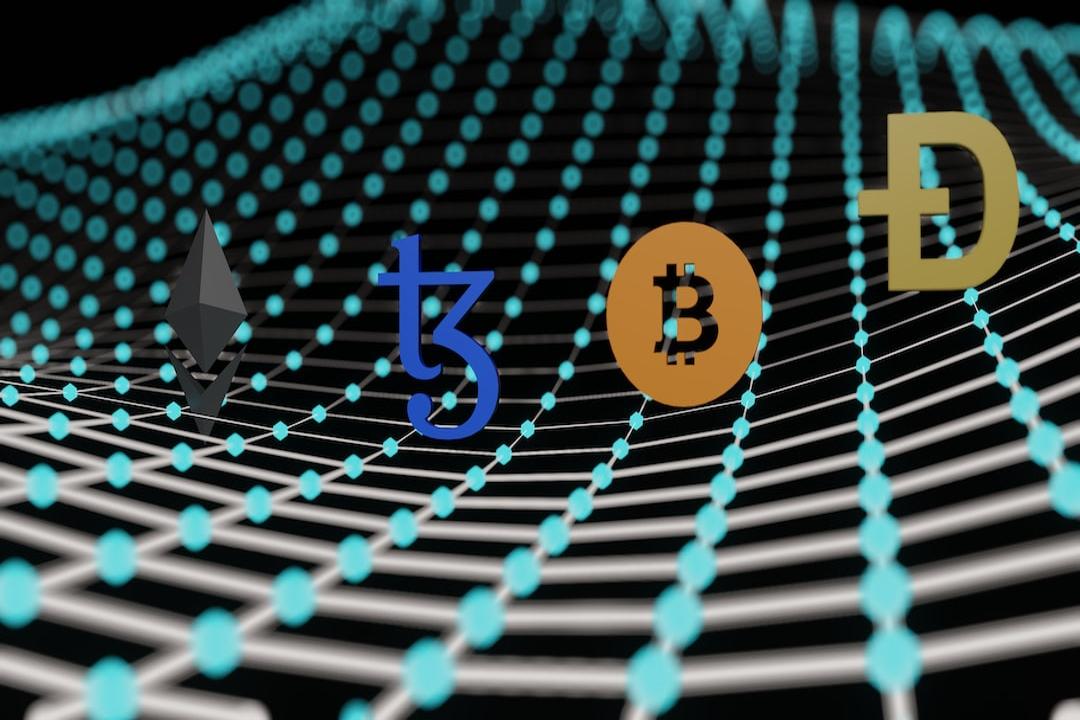Due to severe cold weather in Texas, the local electricity grid regulatory agency ERCOT implemented power reduction measures, resulting in a 25% decrease in the overall network hash rate of Bitcoin from 600 EH/s to 440 EH/s. This decrease in hash rate was primarily caused by Foundry USA Pool, which accounted for nearly 50% of the overall network’s decreased hash rate.
In recent days, there has been a significant decline in the overall network hash rate of Bitcoin. According to data from Blockchain.com, it dropped from approximately 600 EH/s last Friday to 440 EH/s yesterday, representing a 25% decrease. This is mainly due to the severe cold weather in Texas, which led the local electricity grid regulatory agency, ERCOT, to request power reductions from the 14th to the 17th of this month in order to cope with the potential surge in electricity demand caused by the extreme cold weather.
TheMinerMag previously reported that this decrease in hash rate was primarily caused by Foundry USA Pool, whose mining clients reduced their hash rate by up to 75 EH/s. As of September, over 28% of the connected hash rate to Foundry Pool was located in Texas, hence the decrease in hash rate is closely related to the power reduction measures in Texas.
Data from MiningPoolStats shows that since Sunday, both Foundry USA Pool and Ant Pool have experienced a significant decline in hash rate, with these two largest Bitcoin mining pools accounting for over 70% of the overall network’s hash rate decline.
As of now, with ERCOT announcing the end of the weather alert early this morning, the hash rates of Foundry USA Pool and Ant Pool have respectively recovered to 146.54 EH/s and 125 EH/s.
This event not only highlights the impact of local regulations on Bitcoin mining activities but also demonstrates the unique advantage of the “easily interruptible operation” of Bitcoin mining. One of the three major mining companies in North America affected by this, Marathon Digital, has seen its hash rate decrease. Charlie Schumacher, Vice President of Corporate Communications at Marathon Digital, stated:
“Texas has become a Bitcoin mining hub after China, following the crackdown on the mining industry in 2021.”
It is worth mentioning that Texas has rapidly emerged as a new hub for Bitcoin mining since China cracked down on the industry in 2021. Miners believe that their mining activities benefit the Texas power grid because their flexible use of electricity can strengthen the state’s grid by reducing electricity demand during peak periods and increasing power supply during low-demand periods.
Texas has attracted many companies, including Marathon Digital, Riot Platforms, and Iris Energy, with its cheap electricity, grid incentives, and unregulated energy market, leading to an increase in mining facilities in the state. According to a report by Foundry in September, U.S. Bitcoin miners using its Texas-based pool accounted for 28.5% of the total U.S. hash rate, higher than 8.4% in 2021 and the highest among all states in the U.S.
The Bitcoin mining industry in Texas is also actively involved in managing electricity demand. For example, Riot Platforms received a $31.7 million power and demand response credit from ERCOT in August as an incentive for reducing its electricity consumption by over 95% during the summer heat. Iris Energy also received a $2.3 million energy credit in the same month for voluntarily reducing its power usage.
Related Reports
Bitcoin Green Mining! Marathon Tests Mining BTC with “Renewable Energy” from Landfills
Chaos in China: Court Recognizes Bitcoin Mining Machines as “Property,” but Mining is Illegal and Contracts are Invalid
China’s National Development and Reform Commission Officially Includes “Mining” in the Elimination Industries! Central Commission for Discipline Inspection: Contrary to Carbon Peak and Carbon Neutrality


